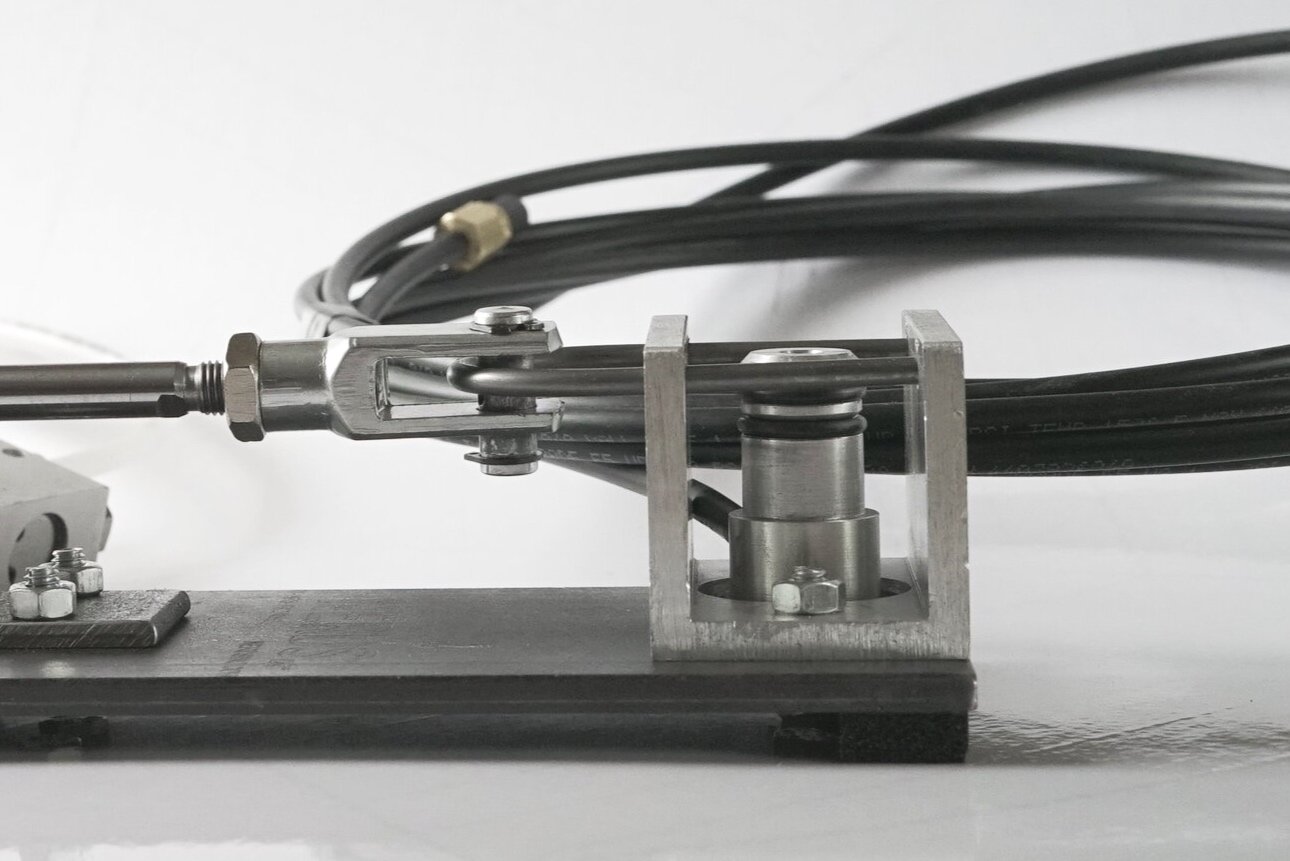Welcome to our Science Olympiad page! Here, we will post useful information and tips to help teachers understand our products and how they can be used in or out of competition. If you have any questions or comments, please call or email us any time!
A Note on Gauges
Not all gauges are the same. In fact, some can read pressure nearly 10 PSI more or less than others. This may seem daunting at first, but take a look at the video below to see that this issue is more easily solved than not.
How To Calibrate (“burp”) Your Gauge
Gauges can be sensitive to temperature and the varying pressures of geographical elevation. These factors can effect the consistency and reliability of your research and subsequent launching results. Burping a gauge can restore it to it’s original consistency. Though virtually any gauge can be used to measure the pressure within a rocket (be it on a bicycle pump or not), not every gauge can be burped. To ensure that your gauge is giving you reliable, repeatable pressure readings, watch the video below!
Note: We did not create this video. This is from the youtube channel Kodiak Controls, Inc. We are sharing this purely for the benefit of minimizing your (the teacher) time, budget, and stress.
Air Pumps
A good air pump is an essential part of rocket launching. Below, we talk about the air pump we think works best, and why!
Ping Pong Parachute and Launch Pad Compatibility
Which launch pad is best for Science Olympiad’s Ping Pong Parachute competition? Is it the Model Z, or can I use the Model A? Should I go big and buy the Model D?
Answer: Any launch pad can be used for indoors, but certain models can make indoor launching more complicated.
The Model Z was designed specifically for the Ping Pong Parachute event. All forces are internal -meaning pull cords and securing the launch pad to the floor are unnecessary. Cushioned “feet” protect gym floors (or any floor) from the metal base plate, while its steel and aluminum body minimizes the price and adds extra weight, further securing it to the floor. Click HERE to see the Model Z in action!
Models A and B require a stake in the ground, or (if indoors) they must be affixed to a heavy board that won’t move when the locking pin is pulled by the student to release the rocket. There are no soft “feet” to protect floors on these launch pads.
Model A bolted to a sink cut-out.
The Model D is best for large groups and outdoor events. The aluminum body makes it ideal for water launches, as does the removable nozzle that brings fuel spillage to a minimum.
In the end, it is up to your preference. All can be used, as said before, but only one model was made for strictly indoor use -the Model Z.
When Your Rocket Won’t Leave the Launch Pad
The problem of the “sticky rocket”
On occasion, rockets get stuck on the launch pad. This usually occurs at low pressure and is often resolved by lubricating the o-rings on the nipple.
Water (roughly a Tablespoon) and dish soap (just a tiny dot’s worth) mixed together and then gently spread around the o-rings will resolve this issue.
It should be noted that soap and water will not change the height or speed at which your rocket flies, nor does it effect the integrity of the o-rings. It only allows the rocket to release when needed.
This procedure is in accordance with the Science Olympiad Ping Pong Parachute rulebook, which addresses the potential need for lubricating the o-rings:
The event supervisor would be in charge of lubricating the launcher o-rings. The inner surface of the bottle may not lubricated or have anything applied to it that would leave a residue on the launcher. -Section 3 / Line 1





